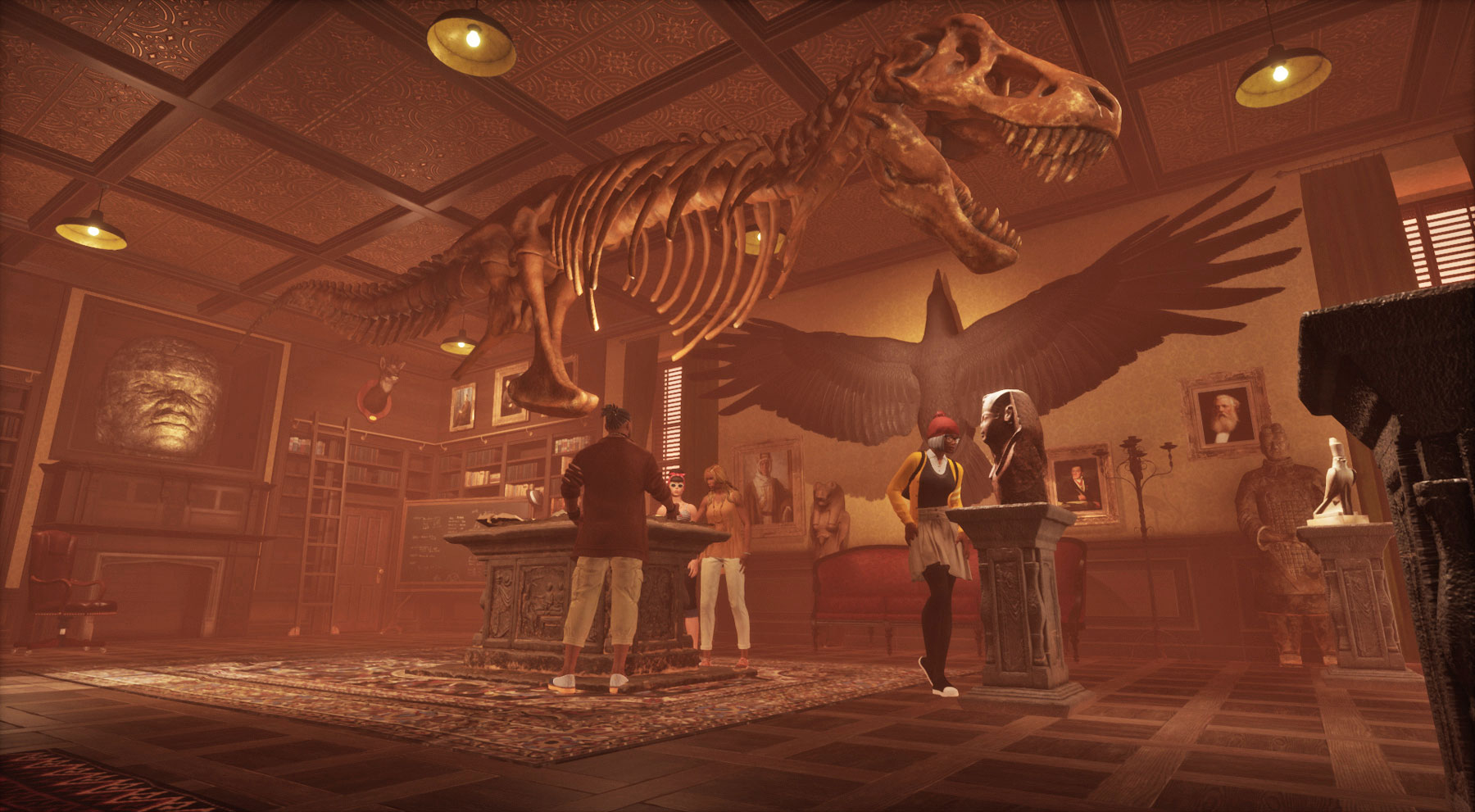How Virtual Reality Therapy Can Treat Chronic Pain
“I didn’t think a human could experience that much pain,” Greenport, New York, resident Bob Jester says in a video from the website Immersive Health.
In August 2016, Jester fell from a rooftop and broke 19 bones, mainly in his back and legs. After multiple surgeries, he found himself with several rods and 16 bolts in his back and was facing excruciating pain that kept him awake at night. That’s when he started using virtual reality therapy as part of a chronic pain treatment program.
Each day, when he felt as though he needed to pop another pain pill, Jester would put on the virtual reality (VR) goggles and become immersed in a world that distracted him from his pain. It would take his attention away from the pain, he says, and soon he learned to train his brain to do that same thing for an hour or two after he used the technology. A year later, Jester has stopped using opioid pain medication and, although some doctors have told him that he will never walk again, he can now move his left leg.
Chronic pain affects 50 million people in the United States, according to the Centers for Disease Control. But virtual reality therapy is beginning to show results, reports a 2018 research review in the medical journal Current Pain and Headache Reports. The immersive experience distracts patients from pain enough to help them cope. For instance, a 2016 study published in PLOS One found that almost all of the 30 burn patients who used a five-minute VR application called “Cool!” reported a decrease in pain from the beginning of the session to the end. Ten said they felt no pain at all during the session. Findings like these are making virtual reality therapy a viable treatment for chronic pain.
Theory and Technology Merge
These medical approaches and other distraction-related VR therapies are based on the “gate control” theory of pain, which was first introduced in 1965, according to Pain-Health. The theory says that as pain messages travel through the nervous system, they encounter “gates” in the spinal cord. Some pain messages get through and reach the brain, while others do not. Distraction therapies give the brain a chance to send a signal down the spinal cord and close the pain gates before the signal arrives at the brain.
Several healthcare companies are merging medical theory and technology to develop chronic pain treatments that use VR. Los-Angeles-based AppliedVR is one of these providers. Since 2015, the company has developed solutions for more than 250 hospitals and 20,000 patients in eight countries globally. A variety of VR modules cover a different topic such as relaxation, breathing techniques, mindfulness meditation and positive thinking. Patients can not only learn to cope with chronic pain, anxiety or stress but also practice prepping for childbirth or an MRI scan.
The Silicon Valley-based firm CognifiSense wants to pair VR with psychological therapies to address so-called maladaptive neuroplastic changes in the brain. These are changes that occur in the brain when the nervous system responds to an injury by establishing new nerve connections or altering the strength of existing ones. Sometimes these changes drive chronic pain; in theory, retraining them could reduce that pain.
Virtual reality therapy is a relatively new kind of chronic pain treatment plan. But early results show that it may be effective. In a world where the overuse of opioid medications has led to addiction, overdose and death, finding new alternatives to dealing with pain is a priority. Relatively inexpensive and with no serious side effects, VR could offer an effective alternative.
Find out about Northrop Grumman positions in areas of health technology including data science, architecture and design, cybersecurity, system modernization and more.
- NorthropGurman






















